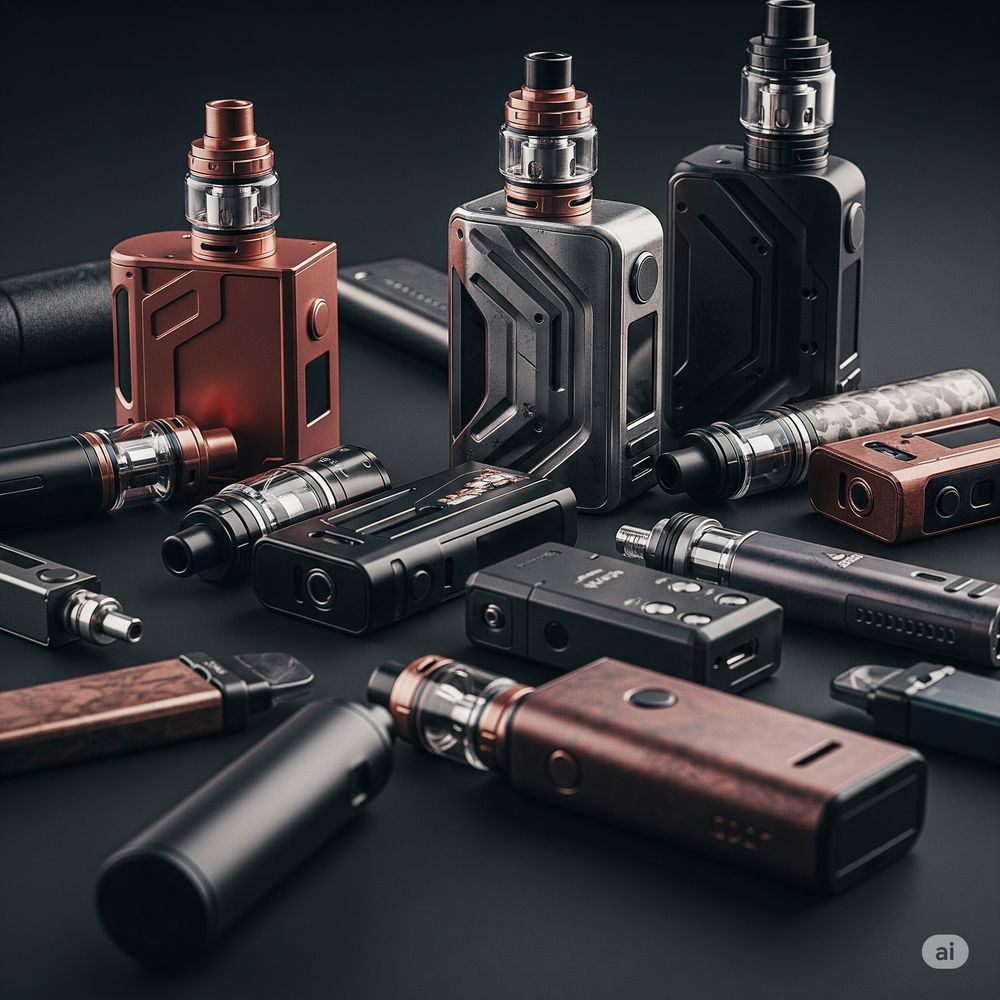Loyalty Wars Between Vape Device Brands
Loyalty wars are now defining the competitive landscape among leading vape device brands, reshaping consumer behavior in real time. In recent years, users have begun to show strong emotional attachment to specific models, designs, and even refill flavors. This shift is not only affecting product sales but also altering how companies structure their marketing campaigns. Community-led movements, especially on platforms like Reddit and TikTok, have elevated this trend. These groups often defend their preferred devices with passion and persistence. As more young adults enter this market, loyalty appears to hinge on experience rather than traditional advertising. In this climate, brand identity takes center stage, turning every product launch into a battleground for customer devotion.
Consumer Allegiances Now Drive Brand Momentum
In many ways, consumer preference is overtaking innovation. While device upgrades still matter, brands are now focusing on retaining users through emotional engagement. Packaging, storytelling, and even influencer alliances have taken precedence over technical features. Consequently, consumers begin associating devices with lifestyle values, not just performance. Loyalty campaigns increasingly mimic strategies used in gaming or fashion. From exclusive releases to limited-edition designs, companies encourage users to see their choice as part of identity. This approach appears to work, as evidenced by rising retention rates. Some users stay with a brand not for function, but for familiarity and status. These decisions often start online and ripple into real-world buying patterns.
Loyalty Wars Reflected in Social Media Culture
The battle doesn’t stop in retail stores. Online spaces are now the primary arenas for brand rivalries. Fan-made content floods social platforms, highlighting not only preferences but also critiques of competitors. Memes, reaction videos, and unboxing clips shape public opinion more effectively than ads. Moreover, micro-influencers have become powerful players. Their consistent use of a single device builds perceived authenticity. As algorithms reward this engagement, brands invest more in creator collaborations. In turn, audiences adopt devices endorsed by familiar faces. This cycle fuels competition and demands fast adaptation. Notably, brands with flexible communication tend to thrive. Stiff, overly corporate responses are often dismissed by younger audiences looking for real connection.
Evolving Trends Hint at Deeper Cultural Shifts
This phenomenon points to more than just product loyalty. It reveals how young consumers choose symbols of belonging in an oversaturated market. Instead of passive buying, users make intentional choices based on community sentiment and shared language. As devices become more than tools, they also become social statements. Future success will depend on how well a brand listens rather than speaks. Many companies are now shifting from mass marketing to micro-targeted experiences. These shifts align with changing values, especially around autonomy and identity. If these trends continue, device branding may resemble fashion houses more than tech firms. Analysts predict that emotional resonance, not innovation, will define future market leaders.














